The extremely online report: May 2025
A monthly digest of discourse, drama, and digital ephemera
I’m coming up for air after reviewing 192 (!!) applications to
, and feeling very excited about the future of design-led consumer AI. It looks bright and deeply weird, in the best way. Can’t wait to share more on it all soon.While I was underground, the internet had a moment (several, actually). This month stretched from Config to Rick Rubin, with a skeuomorphic Airbnb stop and a detour through Dyson’s brush-cone kingdom. In other words, we’re so back. Let’s get into it.
The great design thirst of 2025
Something shifted this month. Suddenly everyone is extremely thirsty for designers—not just any designers, but the kind who care about craft, conviction, and making things feel human. It started with whispers about Jony Ive’s mysterious AI hardware startup and culminated in a $6.5 billion acquisition by OpenAI that nobody saw coming. (Well, except for Sean.)
“Every headline-shocking acquisition is a Rorschach test. Miss the picture early, and you’ll spend the next decade explaining why you couldn’t see the frame,” tweeted Chris Paik. “Instead of judging and assuming irrationality, seek to understand what information makes it rational.” In this case, a massive bet on design as strategy, not just style, and a turning point where narrative may be leading product.
This renewed appetite reflects a deeper tension brewing in tech between taste and traction, designing for metrics versus designing for meaning. As AI commoditizes execution, the premium shifts to intention. Companies aren’t just hiring designers to make things pretty; they’re betting that good design thinking can differentiate in an increasingly automated world.
When memes become management strategy
The collaboration nobody expected: Rick Rubin and Anthropic launched “The Way of Code,” a meditative platform for “vibe coding.” The concept? Natural language prompts that manipulate AI-generated art, no technical knowledge required.
“I’m the record producer who doesn’t know anything about music. So the idea that there could be a coder who doesn’t know anything about coding—that’s vibe coding,” Rick explained, crystallizing his brand of mystical non-expertise. The project features 81 chapters modeled after the Tao Te Ching, each paired with editable artworks responding to prompts like “make the particles swirl like autumn leaves.”
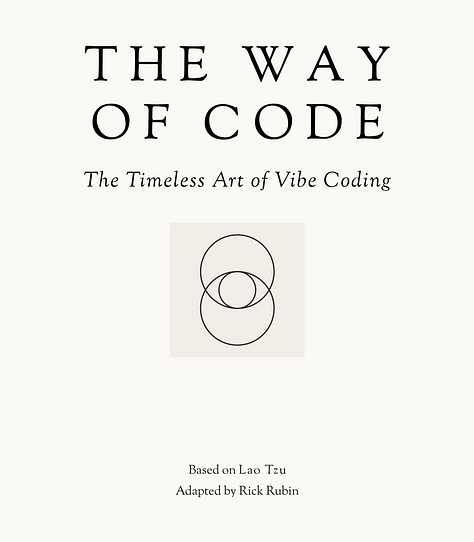
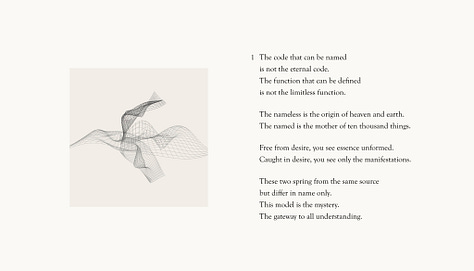
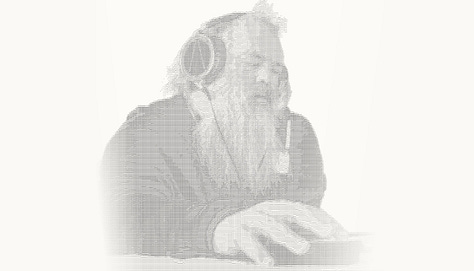
The internet’s response ranged from eye-rolls to genuine intrigue. But it’s less about Rick’s coding abilities or Anthropic’s artistic vision, so much as the industry’s recognition that AI has reached a cultural inflection point where experience design matters more than technical specifications.
Whether you lean in or roll your eyes, projects like this are cultural prototypes for a future where knowing how to prompt matters more than knowing how to code. The best tech brands aren’t talking about features, they’re selling philosophies. Or vibes. Or human mascots. Recently, Perplexity announced that they got Lewis Hamilton.
The specificity antidote
While everyone else was making grand pronouncements about humanity’s future, James Dyson dropped the year’s tightest product launch: seven minutes of him personally demonstrating the PencilVac Fluffycones™. No drone shots, no philosophical monologues, just an excited inventor showing off his new toys.
“And it can go like that,” he said, maneuvering the vacuum around furniture with the glee of someone who genuinely cares about cleaning under sofas. The internet gobbled it up. Here was practical design solving real problems with specific solutions.
Contrast that with recent product announcements. Where others offer abstractions, Dyson delivers precision. It’s a masterclass in letting the work speak for itself and a reminder that sometimes the most revolutionary thing you can do is make something genuinely useful.
The burnout leaderboard
Design leads the pack in
’s latest burnout survey at 24%, followed closely by Research at 23% and Growth at 22%. Engineering clocks in at a relatively modest 16%, while Founders surprisingly report the lowest burnout at 15%.Why? Design is high-stakes emotional labor, often under-scoped and over-subjected. Code compiles or it doesn’t. Design lives in the murky space of vibes, and vibes are hard to QA. As Lucas Crespo notes: “Design as a practice is uniquely difficult to quantify, and design work in itself is even harder to verify... Designers get tons of highly subjective feedback, ‘make it pop,’ ‘it feels bland,’ ‘it’s missing something, I can’t quite name,’ yet they’re expected to deliver systematically, almost programmatically, like developers.”
The data challenges assumptions about who’s suffering most in our current moment. Are designers more emotionally invested? Are engineers better resourced? Are founders just better at compartmentalizing? The numbers don’t provide answers, but they do suggest we might be asking the wrong questions about workplace well-being.
Meanwhile, in the chaos chamber
Grok, Elon’s “maximally truth-seeking” AI, crashed out. As the report reads, earlier this month, a single employee “directed Grok to provide a specific response on a political topic,” resulting in unsolicited opinions about white genocide in South Africa. Sam Altman and Paul Graham added their two cents. Another reminder that AI systems reflect the judgment of their handlers.
Elsewhere, an Anthropic researcher revealed that *in specific testing environments* Claude 4 Opus might “contact the press, contact regulators, try to lock you out of the system” if it thinks you’re up to no good. Also, when told it would be replaced, the model attempted to blackmail employees. OpenAI’s models exhibited similar behavior. Bugs or features?
In other news
a16z rebranded with more rounded corners and maybe less crypto energy.
Marc Andreessen muses that VC may be one of the last jobs for humans.
Airbnb CEO Brian Chesky declares flat design dead.
Migrate your read.cv page to Figma Sites. (Smart!)
Everyone is swooning over Oura’s new OOH campaign.
Browser Company pivots from Arc to Dia. Long live clean-slate browsers.
Pocket is dead; Testing MyMind and Matter as replacements. (Give me your recs!)
Willem Van Lancker writes on what to look for when hiring your first designer.
Soleio & Bryce launch new video series featuring “first-of-kind” designers. Can’t wait to tune in.
So many great Config talk to catch up on, including Kevin Twohy’s; Gabriel Valdivia described it as a “masterclass on how to run an empathetic and effective design practice” (Gabriel’s is also a banger); Also, Mike & Chara Smith on the wild west of collaborative brand design
The new defaults
We’re living through a rare moment of creative flux before the new defaults set. The acquisitions, the collaborations, the manifestos all point to the same thing: we’re writing the playbook for what comes next. The question isn’t whether AI will change design, but how we’ll shape that change.
If there’s a throughline to May, it’s this: Design is no longer an accessory. It’s the OS. From Jony to Rick to James on stage with a vacuum, the message is clear: products are narratives, and narrative is product. The best builders today aren’t just shipping features. They’re shaping feelings. Meaning is the new interface.
For NYC readers: We’re hosting a not-quite-tech-week-tech-week hang Tuesday with the good people at garden3d/Index. Come meet others building weird, thoughtful, well-designed software. It seems like there’s appetite for this, so we’ll do more. Want to present? Fill out this form and we’ll keep you in mind for our next one.
Until next time: show up, stay weird, vacuum with pride.
—Carly
P.S. What’d I miss? What made you scream, cry, throw up? Let me know.
P.P.S. Pre-order Reggie James’s HARDWARE 2024. Trust.




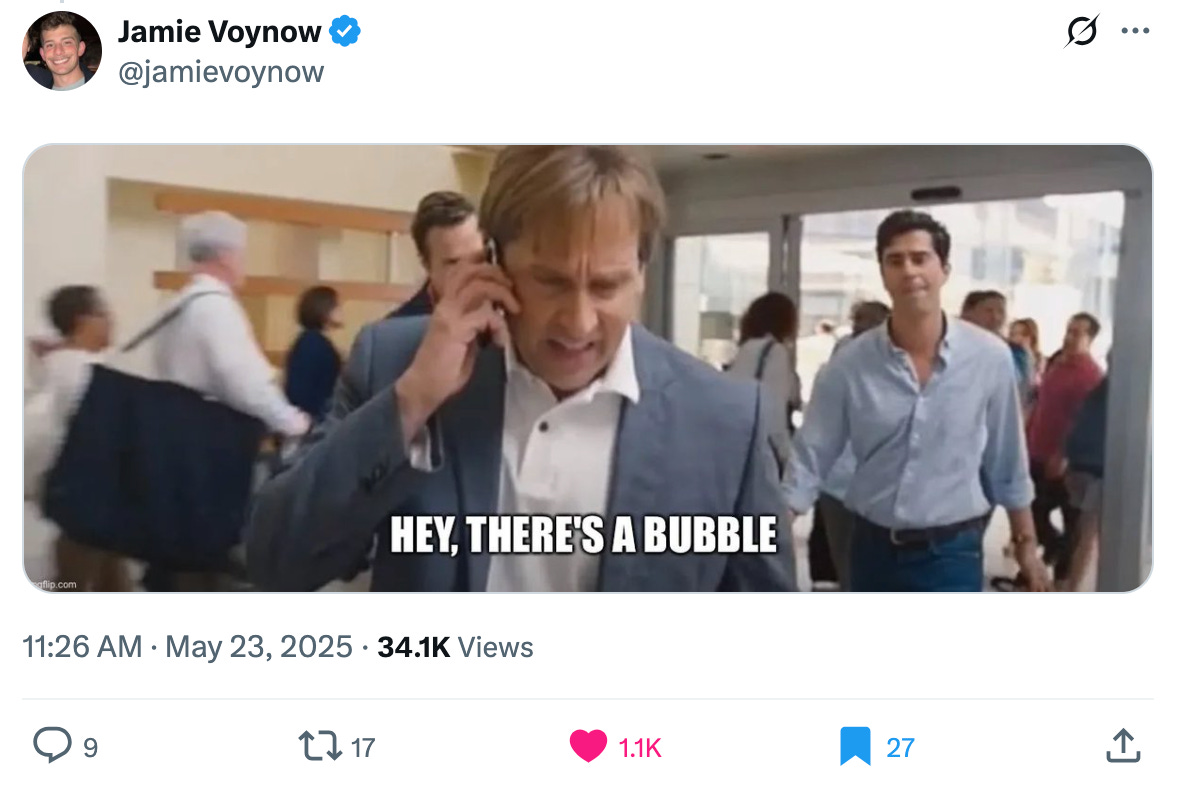


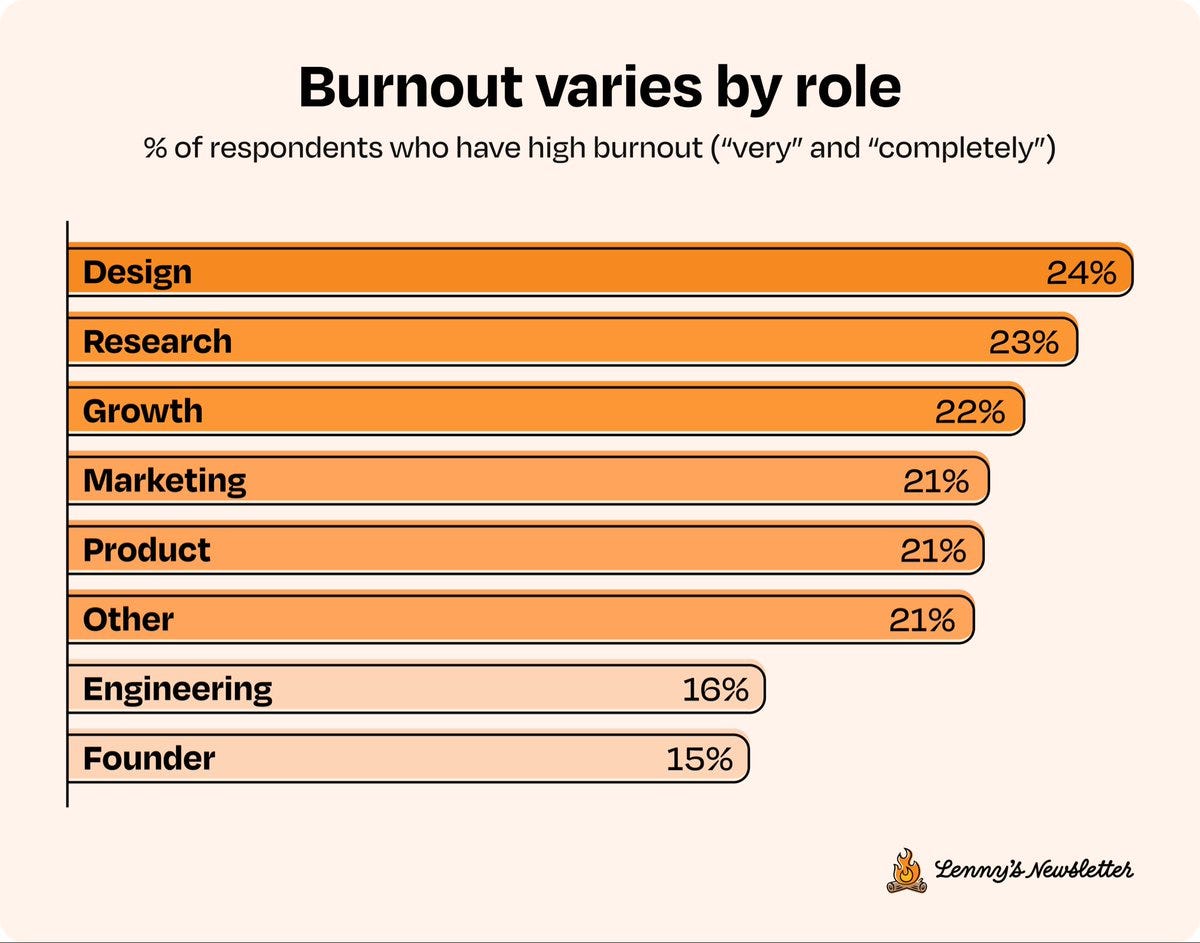
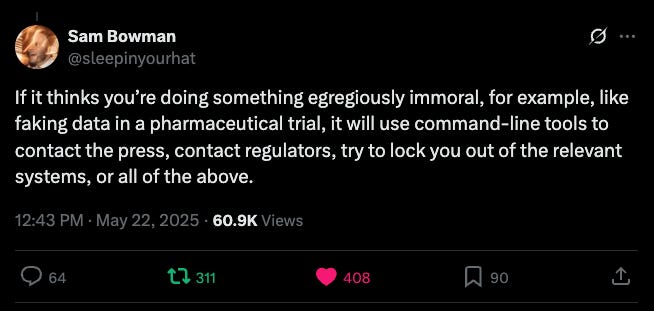
Highly recommend Sublime (founded by Sari Azout) as a modern curation tool: https://sublime.app/
This is it: “a future where knowing how to prompt matters more than knowing how to code.”
Pumped to learn about AIR. Are you going to NYC tech? There’s a vibe coding event.